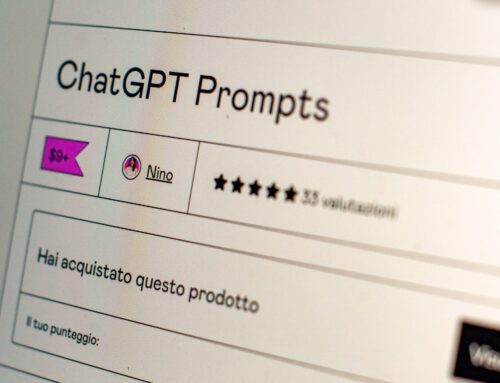 I was in Girl Scouts when I was younger. And I have clear memories of the merit badge book. Each badge required me to do something different to earn it. Looking back, that book offered a lot of choices. I could pick which badge I wanted to work on and choose the activities that sounded best to me. Then I remembered that many organizations don’t offer their learners that choice. And those learners are adults. So, scouts have more say in their badges than working professionals have about their skills training. That doesn’t seem right.
I was in Girl Scouts when I was younger. And I have clear memories of the merit badge book. Each badge required me to do something different to earn it. Looking back, that book offered a lot of choices. I could pick which badge I wanted to work on and choose the activities that sounded best to me. Then I remembered that many organizations don’t offer their learners that choice. And those learners are adults. So, scouts have more say in their badges than working professionals have about their skills training. That doesn’t seem right.
WHY CHOICE MATTERS
Giving people a choice helps motivate them. If they get to pick between different options it gives them a feeling of control. People don’t do a good job when lacking motivation. They might not want to do anything at all. When they feel powerless they’re more likely to feel used or trapped. So, letting them have a say in what they’re doing lets them own their training.
TIME AND MONEY CUT DOWN CHOICE
Lots of L&D departments have small budgets and limited time. This makes it hard for them to create different versions of the same courses. For example, having a beginner’s version and an “experienced” version of the same course is usually a good idea. But that isn’t always possible. So, the organization ends up with “one size fits all” training. Which rarely fits anyone well.
GIVING PEOPLE EVERYTHING ISN’T REALLY CHOICE
Everyone needs to know about certain topics, like safety and legal. But learners often get assigned training that doesn’t fit with what they do. Why? It’s faster and easier to give content to everyone than to sort it by job role or experience. But faster and easier doesn’t mean better. If the learner works in customer service, they probably don’t need to know how to do payroll. Maybe they want to get out of customer service and are interested in it. But the point is if a learner sees everything and most of it doesn’t matter to them they’re going to stop caring. Having too many choices makes it hard for them to choose.
DESIGNING CHOICES
So, how do you know what choices you should offer? Focus on the learning objectives. Create a few different choices for each learning objective. That way the learner will meet the objective no matter which choice they pick. That’s how the merit badge book worked. Each badge had a list of activities with it. Some of the activities were required, but then I got to choose the rest from the list of options. If I didn’t want to write a paper I could choose to interview someone who knew about the topic instead. It was things like that.
HOW TO GIVE CHOICES
Here are some ideas for giving your learners choices:
- Make beginner and “experienced” versions
- Build versions for different job roles
- Create different language versions
- Have different versions for different regions
- Offer a “quick start” job aid and a full course
- Make a video and written instructions with pictures
- Have online and in person options
- Focus on multi-modal learning
In closing, choose to give your learners choice when you can. It will motivate them and let them own their training. Offering choices takes time and money, so it isn’t always an option. But giving everything to everyone doesn’t really give them good options. Intentional design is important and there’s more than one way to offer choice.
Note that this post was inspired by an article in td magazine written by Jillian Douglas and Shannon McKenzie.




